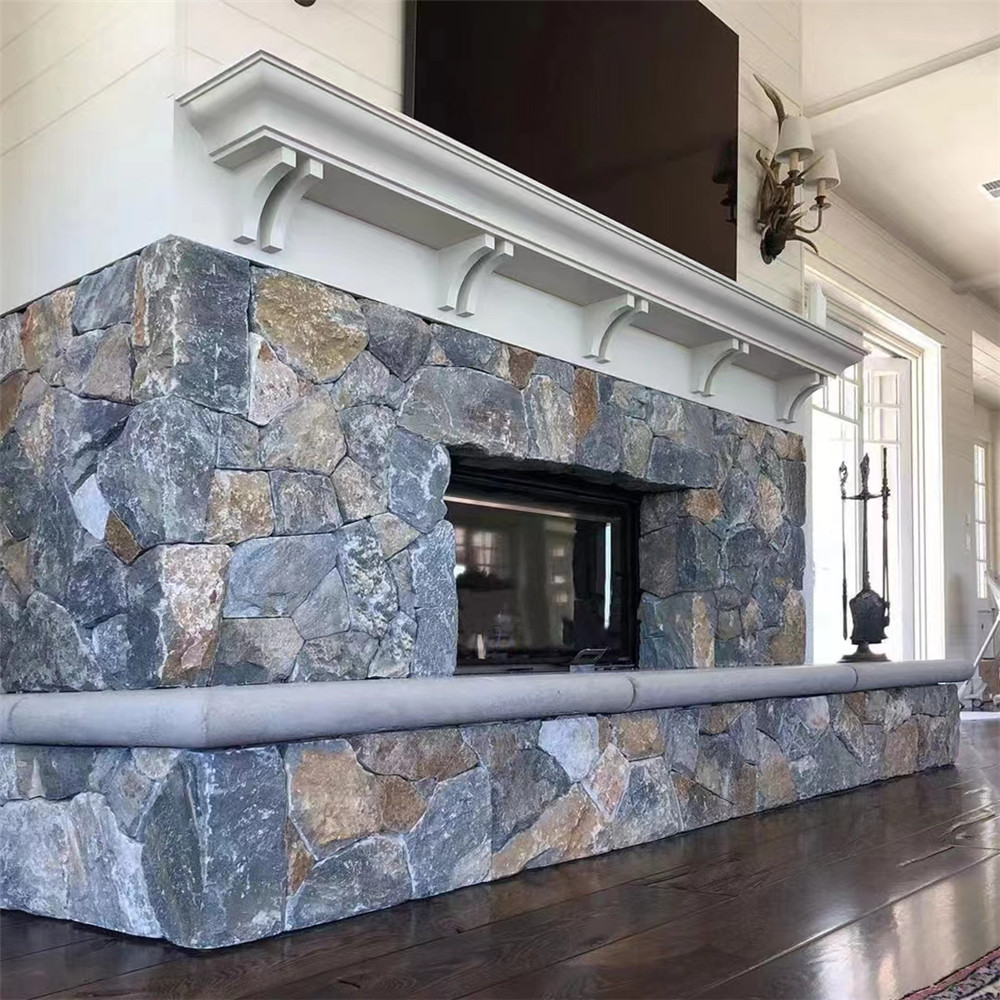Cultured Stone Maintenance A Comprehensive Guide to Keeping Your Stone Surfaces Looking Great

Introduction:
Cultured stone has become a popular choice for homeowners and builders alike due to its durability, versatility, and aesthetic appeal. Whether used for exterior cladding, accent walls, fireplaces, or other decorative elements, cultured stone can add a touch of elegance and sophistication to any space. However, like any other surface material, cultured stone requires regular maintenance to ensure it retains its beauty and longevity. In this comprehensive guide, we will explore the various aspects of cultured stone maintenance, including cleaning, sealing, repairing, and protecting your stone surfaces.
Cleaning Cultured Stone:
Regular cleaning is essential to keep your cultured stone surfaces looking their best. Dirt, grime, mold, and mildew can accumulate over time, detracting from the stone's natural beauty. Here are some tips for effectively cleaning cultured stone:
1. Start by removing loose debris such as dirt, leaves, and branches from the surface using a soft-bristled brush or a vacuum cleaner with a brush attachment.
2. Mix a solution of mild dish soap or stone cleaner with warm water in a bucket.
3. Using a soft sponge or brush, gently scrub the cultured stone surface with the cleaning solution, working in small sections.
4. Rinse the surface thoroughly with clean water to remove any soap residue.
5. Allow the stone to air dry completely before assessing if further cleaning is needed.
In some cases, stubborn stains or discoloration may require the use of a specialized stone cleaner or a poultice to lift the stain. Always follow the manufacturer's instructions when using cleaning products on cultured stone to avoid damaging the surface.
Sealing Cultured Stone:
Sealing your cultured stone surfaces is an important step in maintaining their appearance and protecting them from damage. A high-quality stone sealer can help prevent staining, water penetration, and mold growth. Here's how to properly seal your cultured stone:
1. Clean the stone surface thoroughly using the cleaning methods outlined above to ensure the surface is free of dirt and debris.
2. Allow the stone to dry completely before applying the sealer. Check Roofing Slate for the appropriate drying time.
3. Apply the sealer evenly to the stone surface using a brush, roller, or sprayer, following the manufacturer's instructions for application and coverage.
4. Allow the sealer to penetrate the stone for the recommended dwell time before wiping off any excess with a clean cloth.
5. Allow the sealer to cure for the specified time before exposing the stone to moisture or foot traffic.
It is recommended to reseal cultured stone surfaces every 1-3 years, depending on the level of wear and exposure to the elements. Regularly inspect the sealed surface for signs of wear or damage, and reapply the sealer as needed to maintain optimal protection.
Repairing Cultured Stone:
Despite its durability, cultured stone can still become damaged over time due to factors such as impact, weathering, or improper installation. It is important to address any damage promptly to prevent further deterioration and maintain the integrity of the stone surface. Here are some common types of cultured stone damage and how to repair them:
1. Chips and cracks: Small chips or cracks in the stone surface can be repaired using a stone epoxy or patching compound. Clean the damaged area, apply the epoxy or patching compound according to the manufacturer's instructions, and smooth it out with a putty knife. Allow the repair to dry completely before sanding and blending it with the surrounding stone.
2. Stains: Stains on cultured stone surfaces can be removed using a poultice or a specialized stone cleaner. Follow the manufacturer's instructions for the specific stain removal product you are using, and test it on a small inconspicuous area first to ensure compatibility with the stone.
3. Efflorescence: Efflorescence is a common issue with cultured stone that manifests as white, powdery deposits on the surface. To remove efflorescence, scrub the affected area with a mild acidic cleaner or a solution of vinegar and water. Rinse the surface thoroughly with clean water to remove any residue.

4. Fading: Over time, exposure to sunlight and the elements can cause cultured stone surfaces to fade or discolor. To restore the stone's original color, consider applying a stone enhancer or color restorer specifically designed for cultured stone.
Protecting Cultured Stone:
In addition to regular cleaning, sealing, and repairing, there are several proactive measures you can take to protect your cultured stone surfaces and extend their lifespan:
1. Avoid harsh chemicals: When cleaning cultured stone, avoid using acidic or abrasive cleaners that can damage the surface. Stick to mild, pH-neutral cleaners and test any new cleaning products on a small area before applying them to the entire surface.
2. Prevent water damage: Cultured stone is porous and can absorb moisture if not properly sealed. Ensure that the stone is adequately sealed to prevent water penetration, especially in areas prone to moisture such as bathrooms or kitchens.
3. Trim vegetation: Overhanging trees or shrubs can deposit debris and moisture onto cultured stone surfaces, leading to staining or mold growth. Trim back vegetation to prevent contact with the stone and minimize maintenance requirements.
4. Monitor for signs of damage: Regularly inspect your cultured stone surfaces for signs of damage such as cracks, chips, or efflorescence. Address any issues promptly to prevent further deterioration and costly repairs.
Conclusion:
Cultured stone is a versatile and durable material that can enhance the aesthetic appeal of any space. By following a regular maintenance routine that includes cleaning, sealing, repairing, and protecting your cultured stone surfaces, you can ensure they remain in top condition for years to come. Remember to consult the manufacturer's guidelines for specific maintenance recommendations and products tailored to your type of cultured stone. With proper care and attention, your cultured stone surfaces will continue to be a source of beauty and pride in your home.
